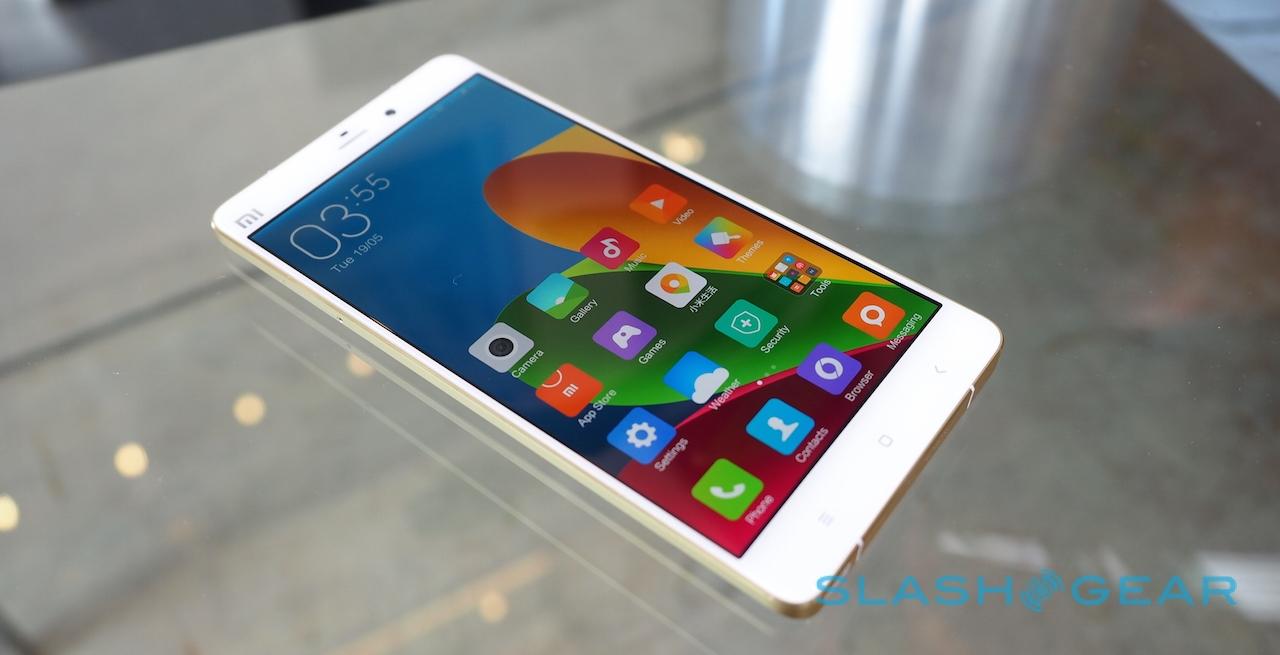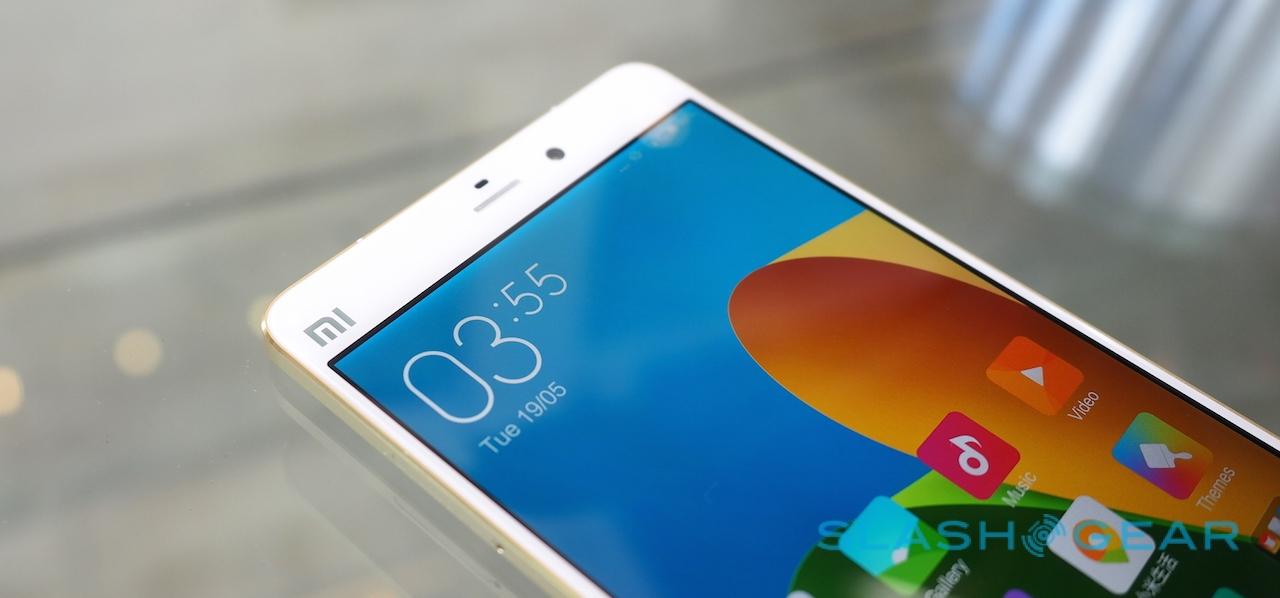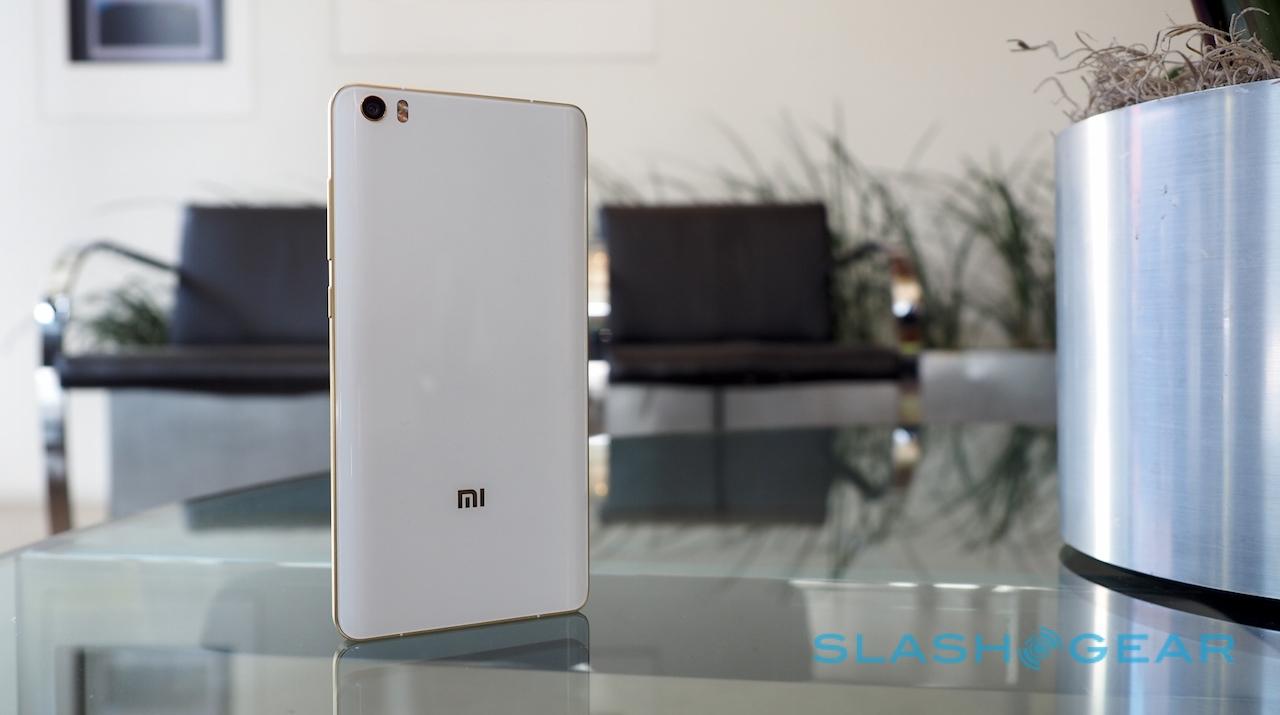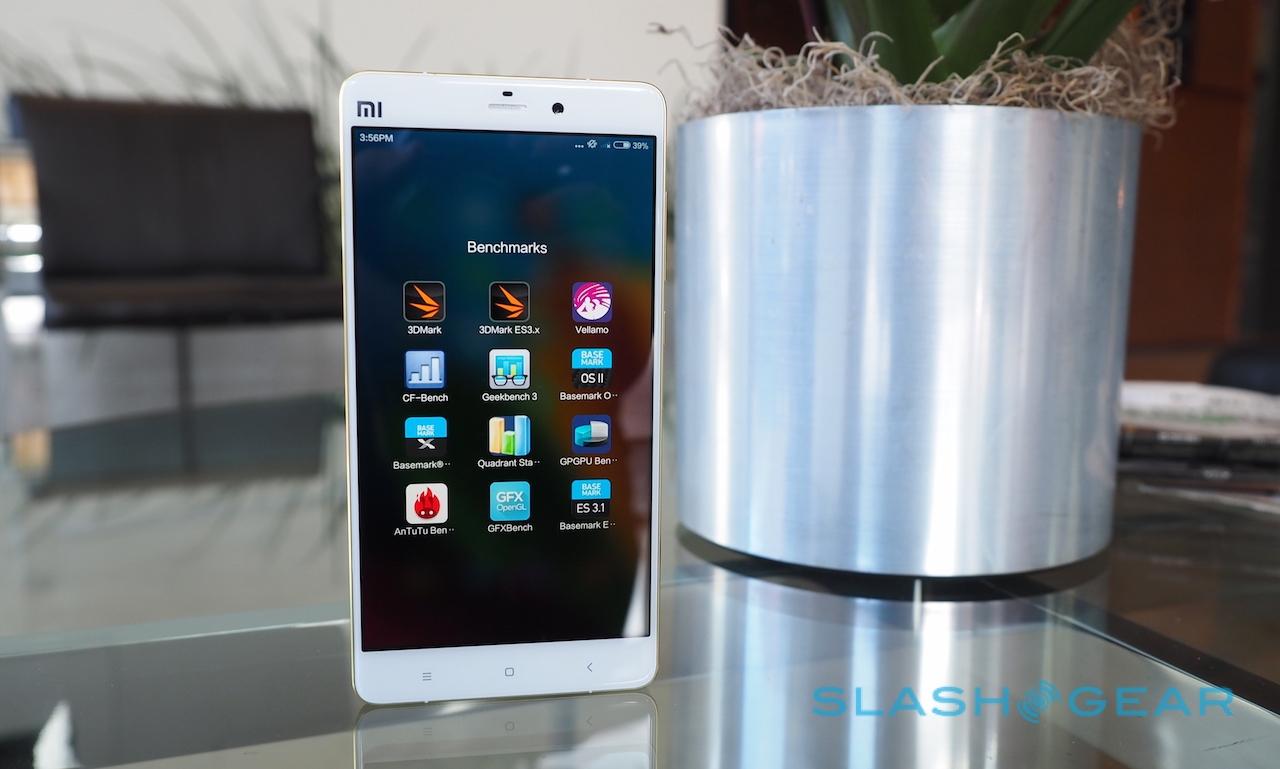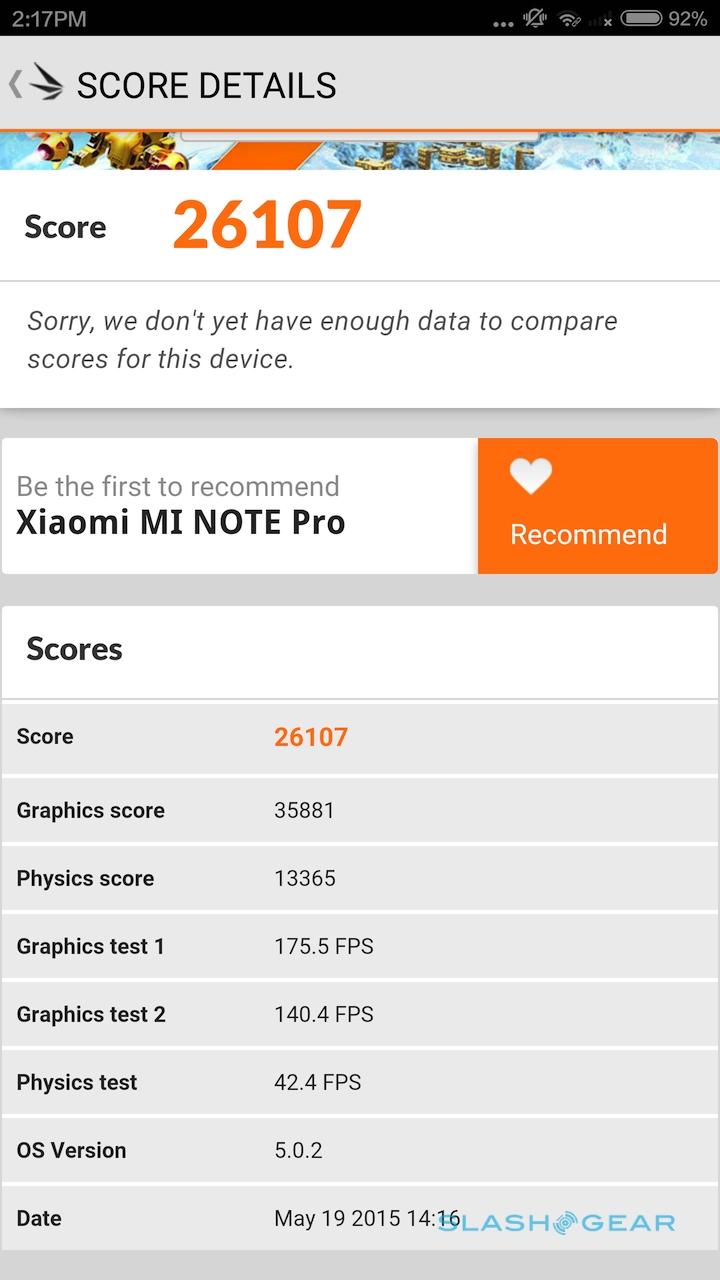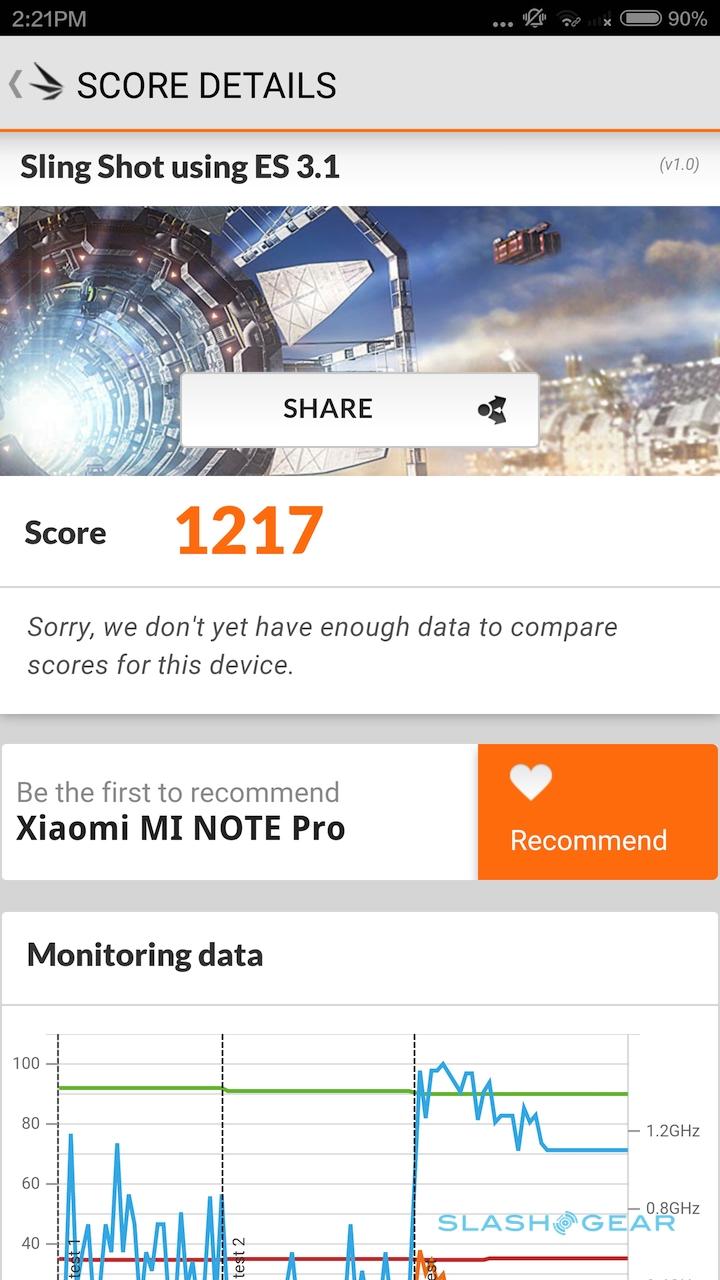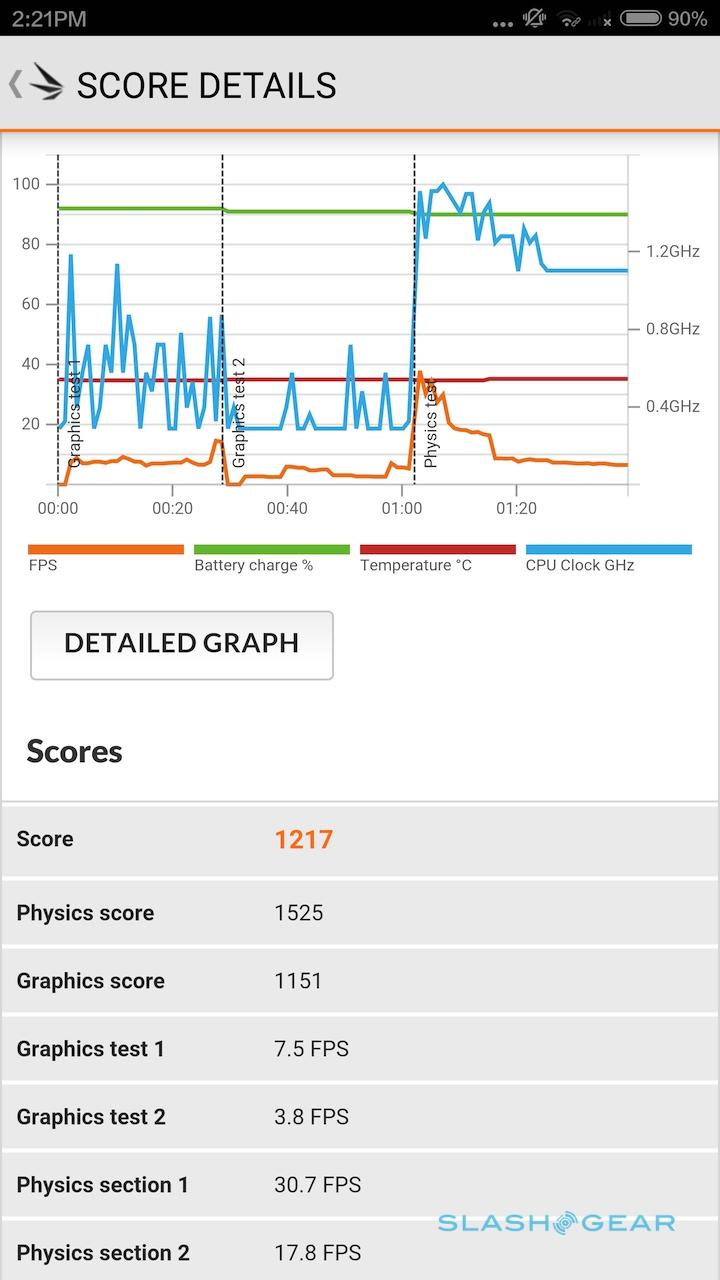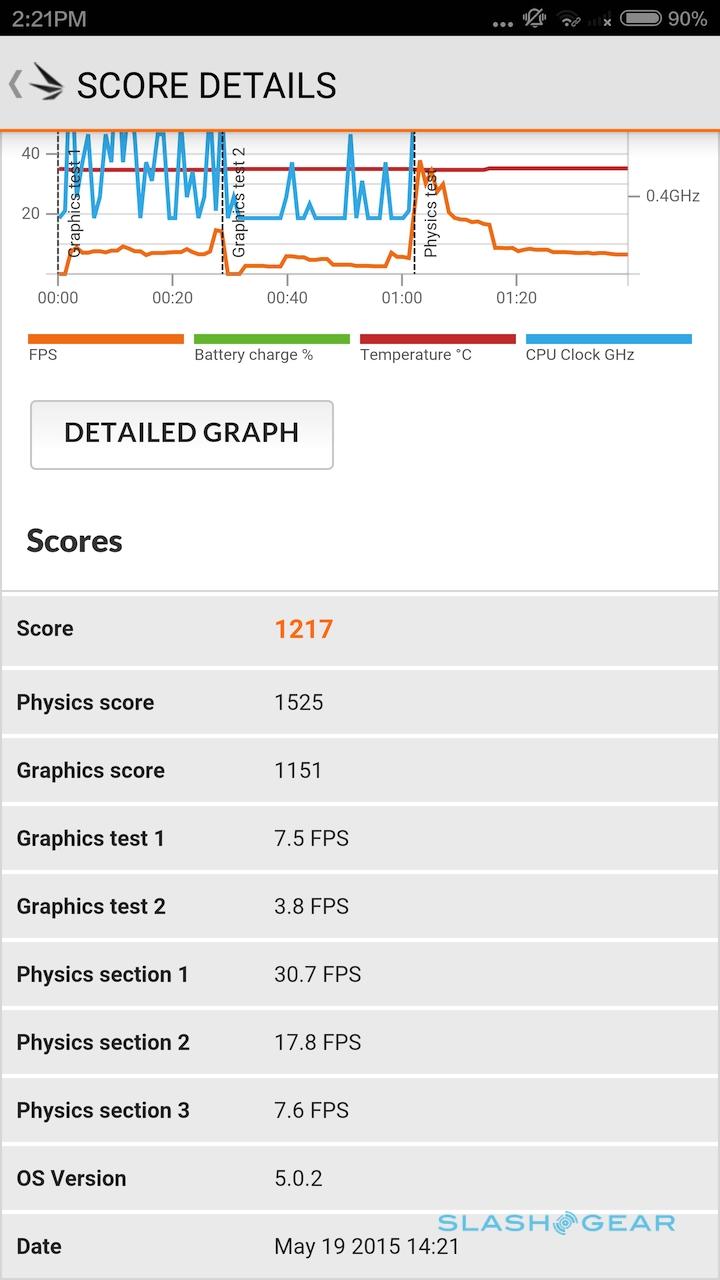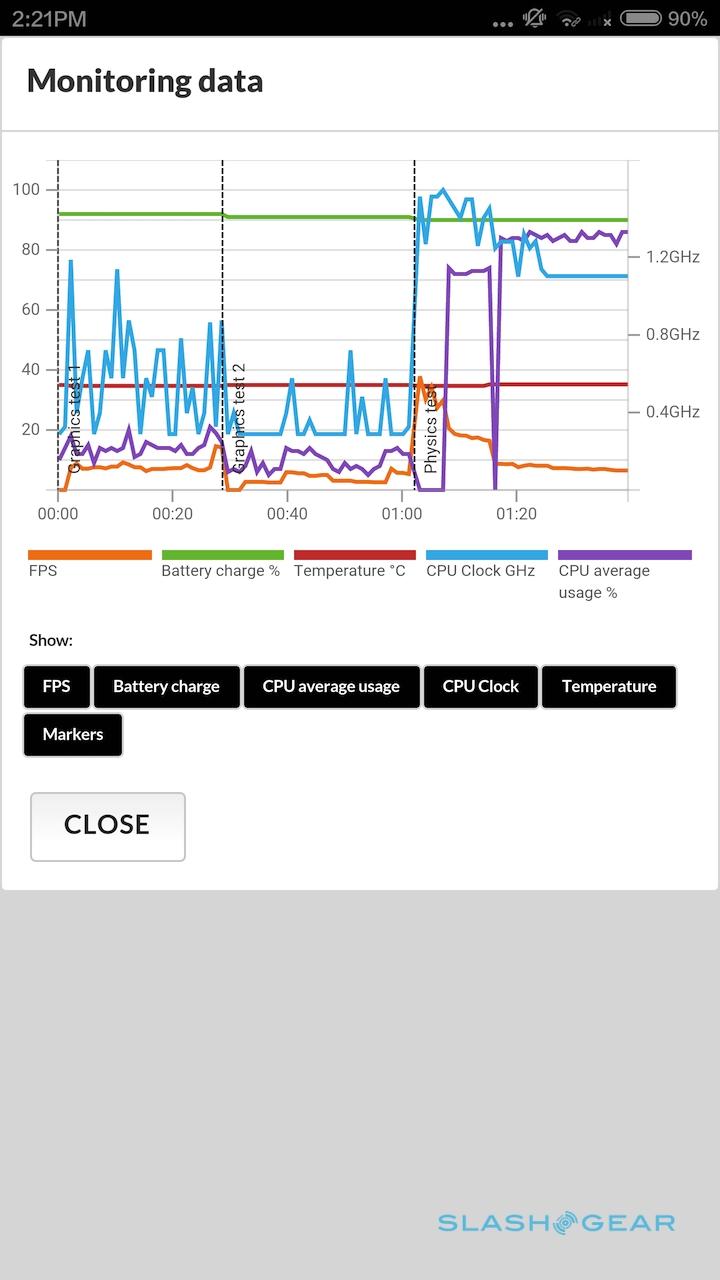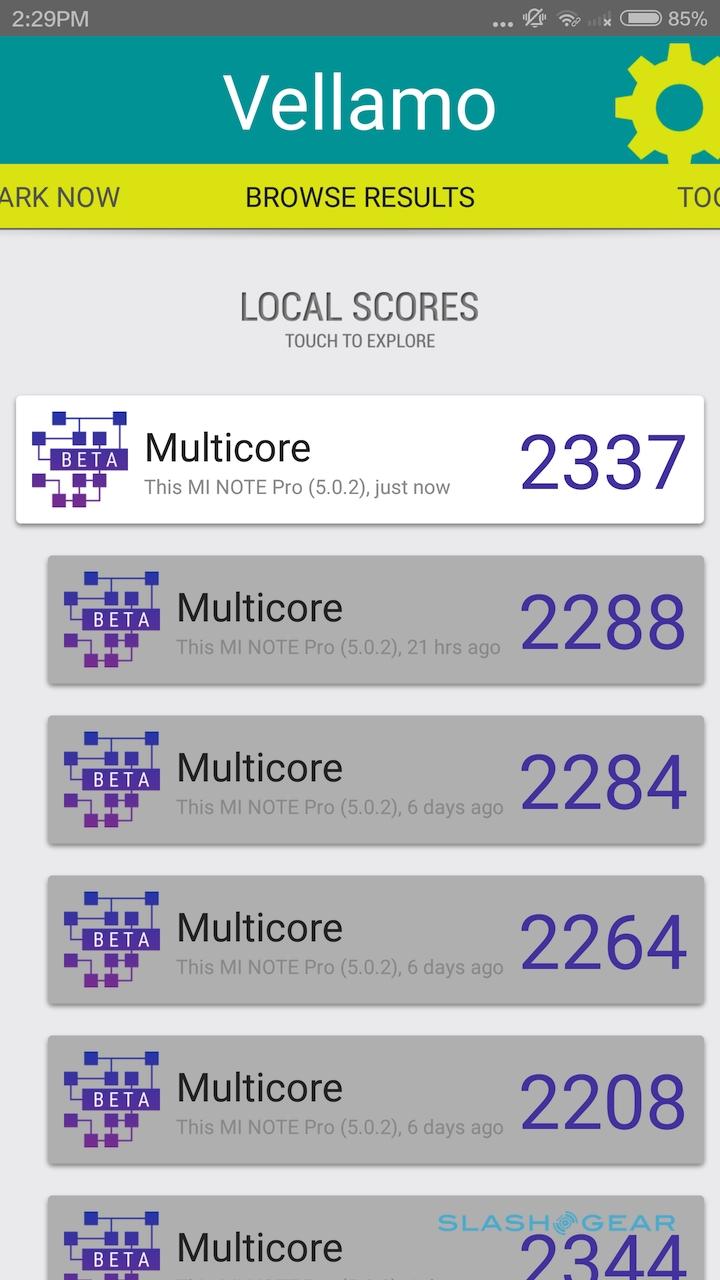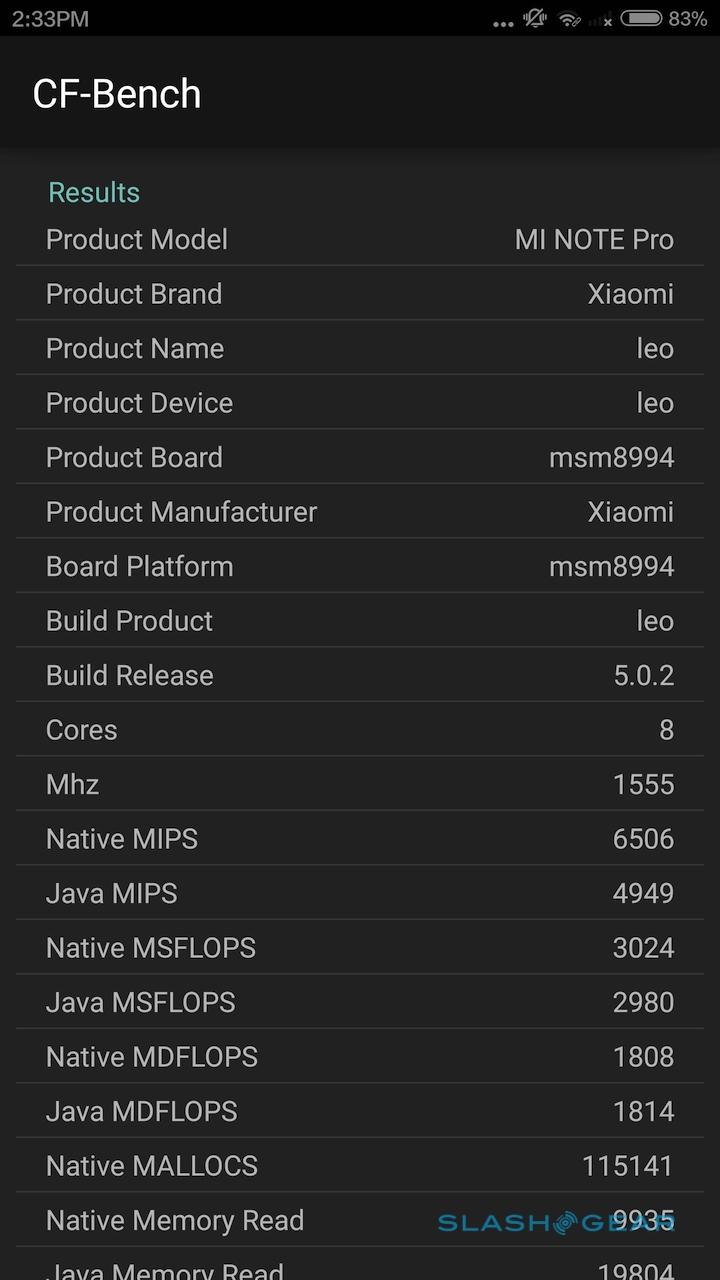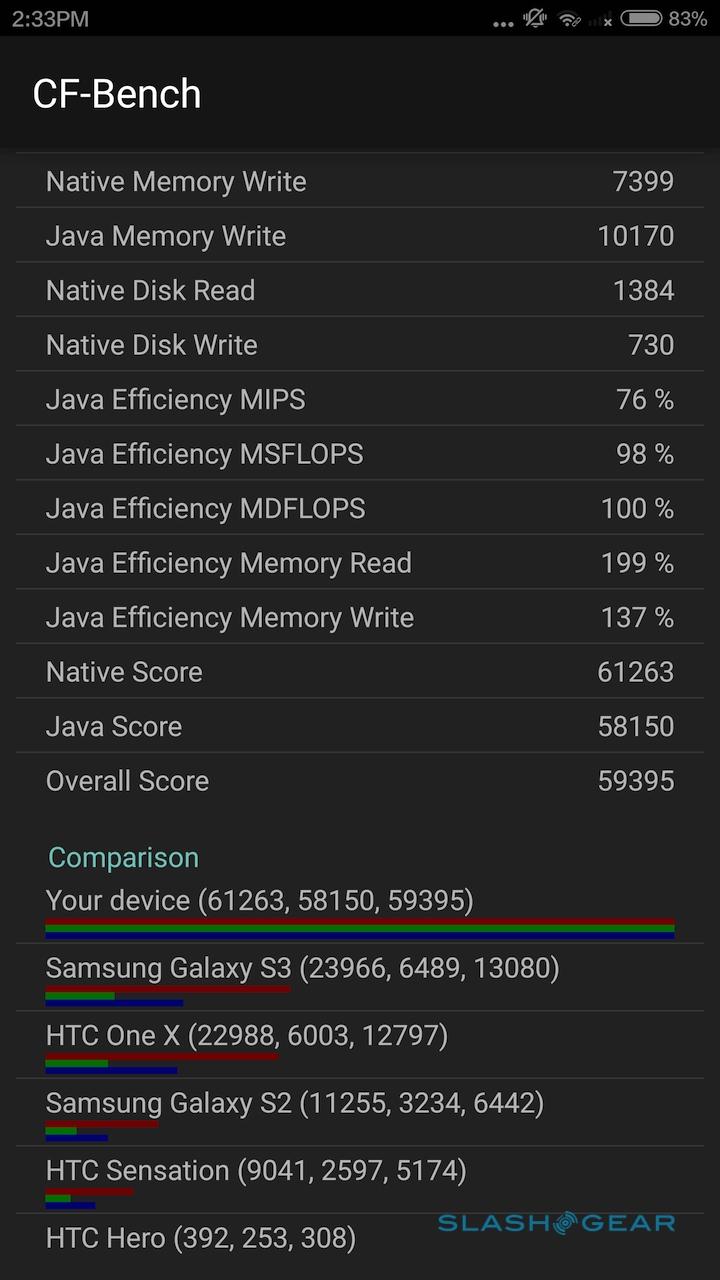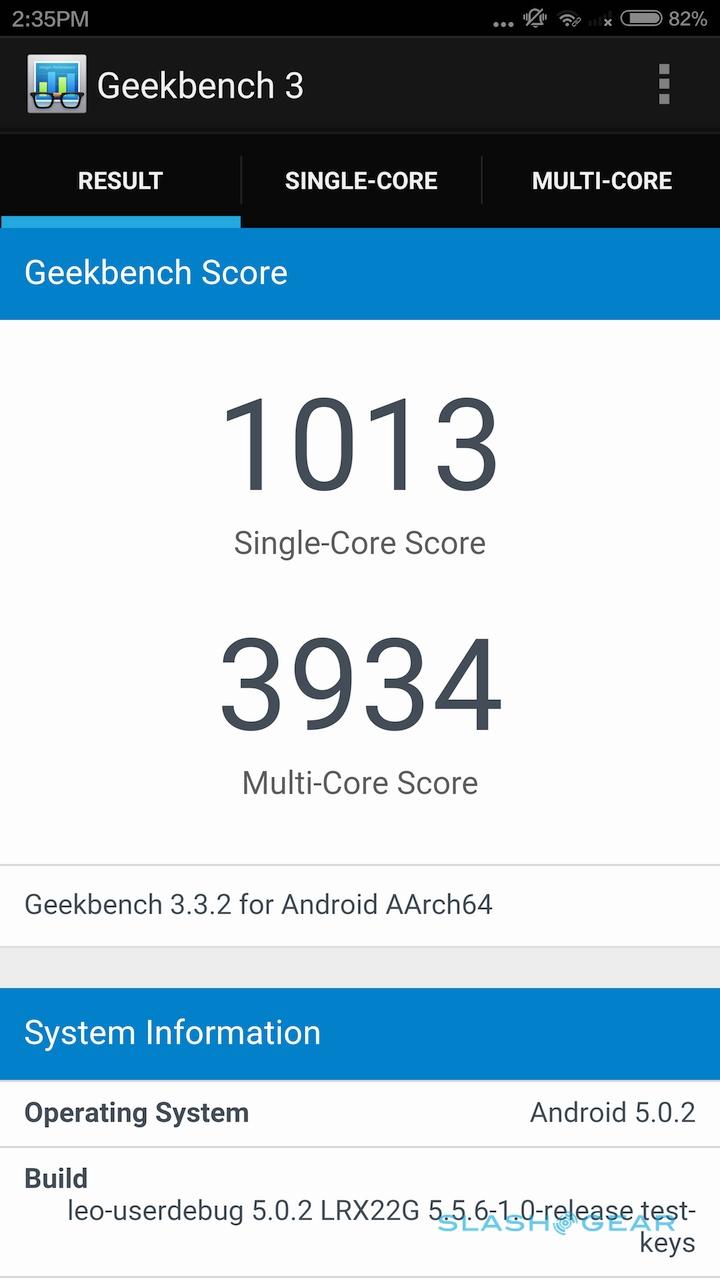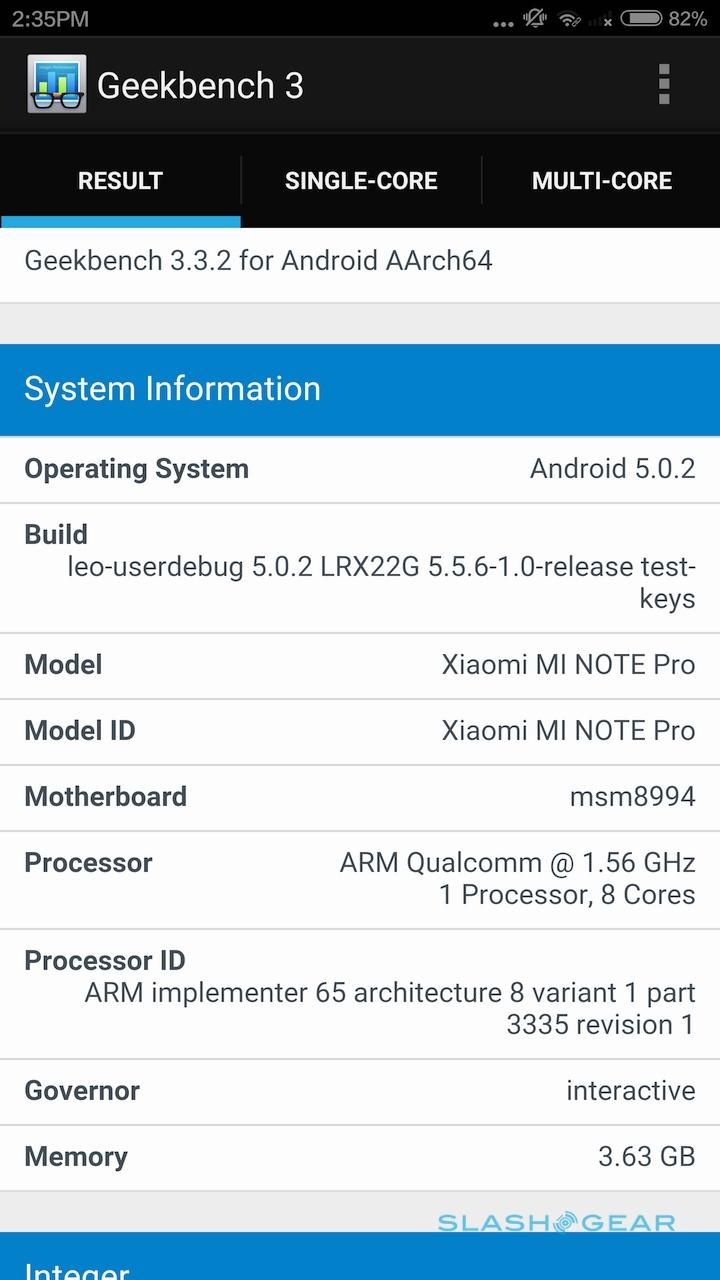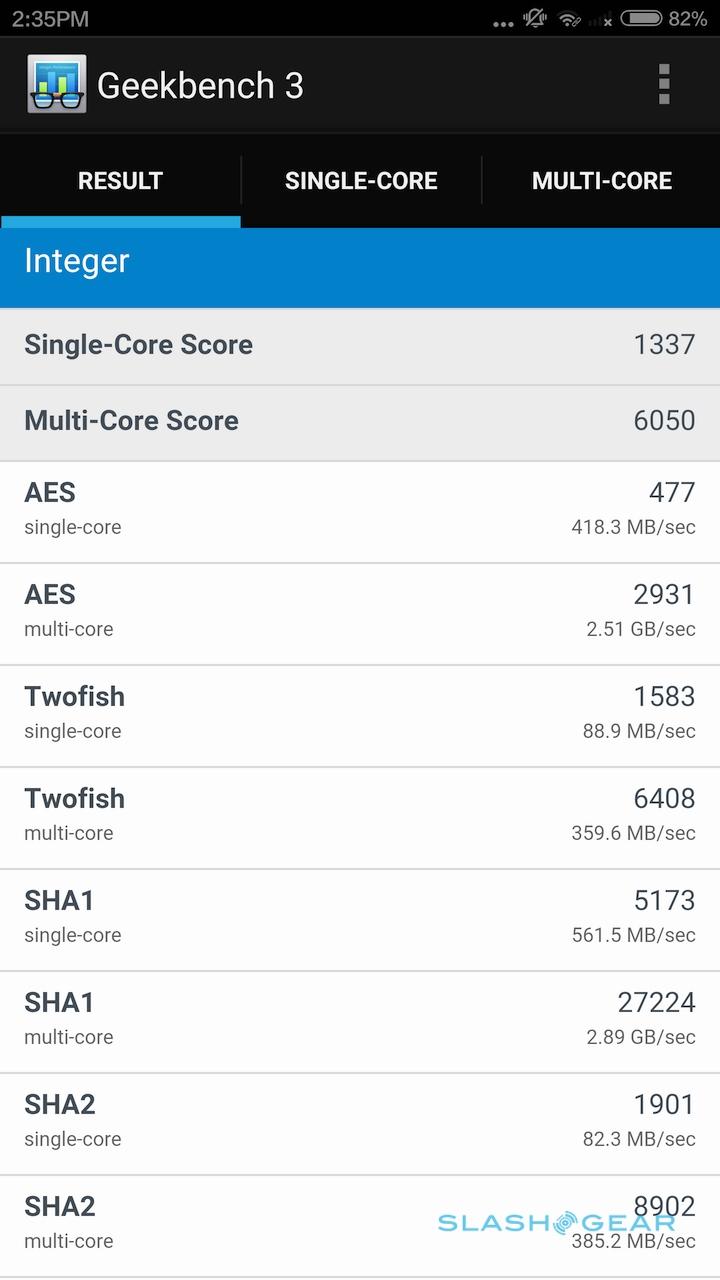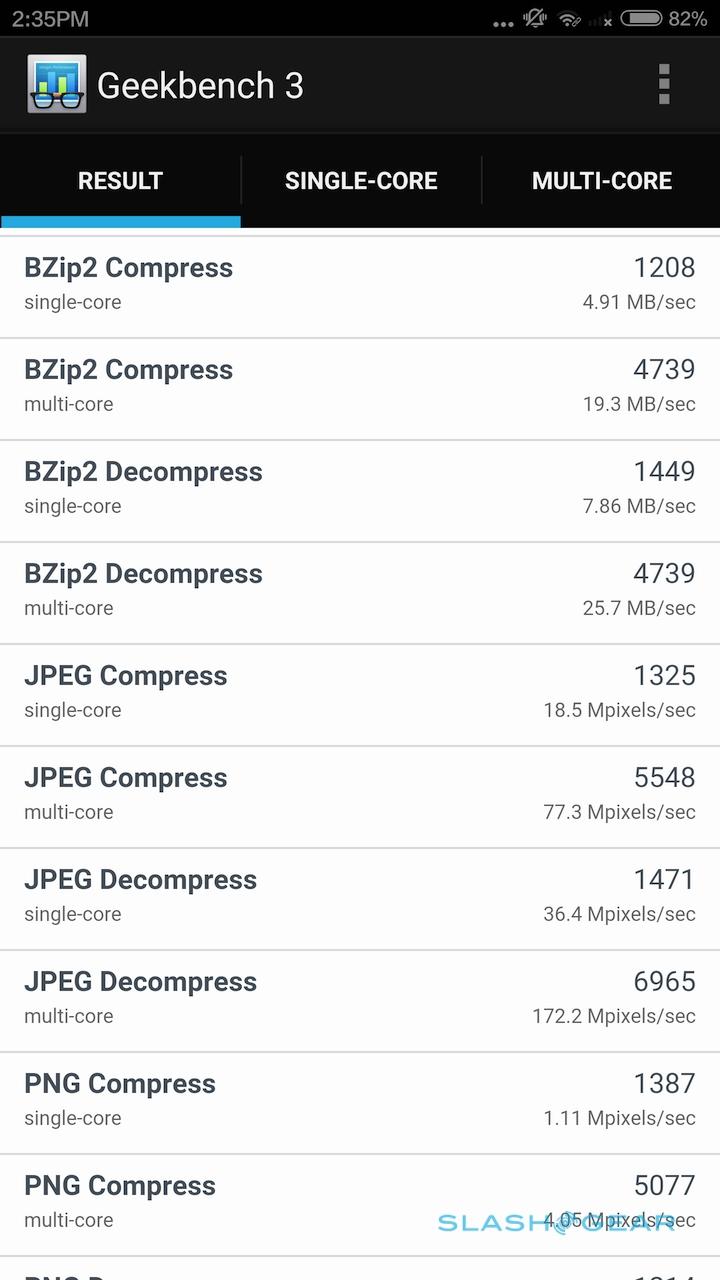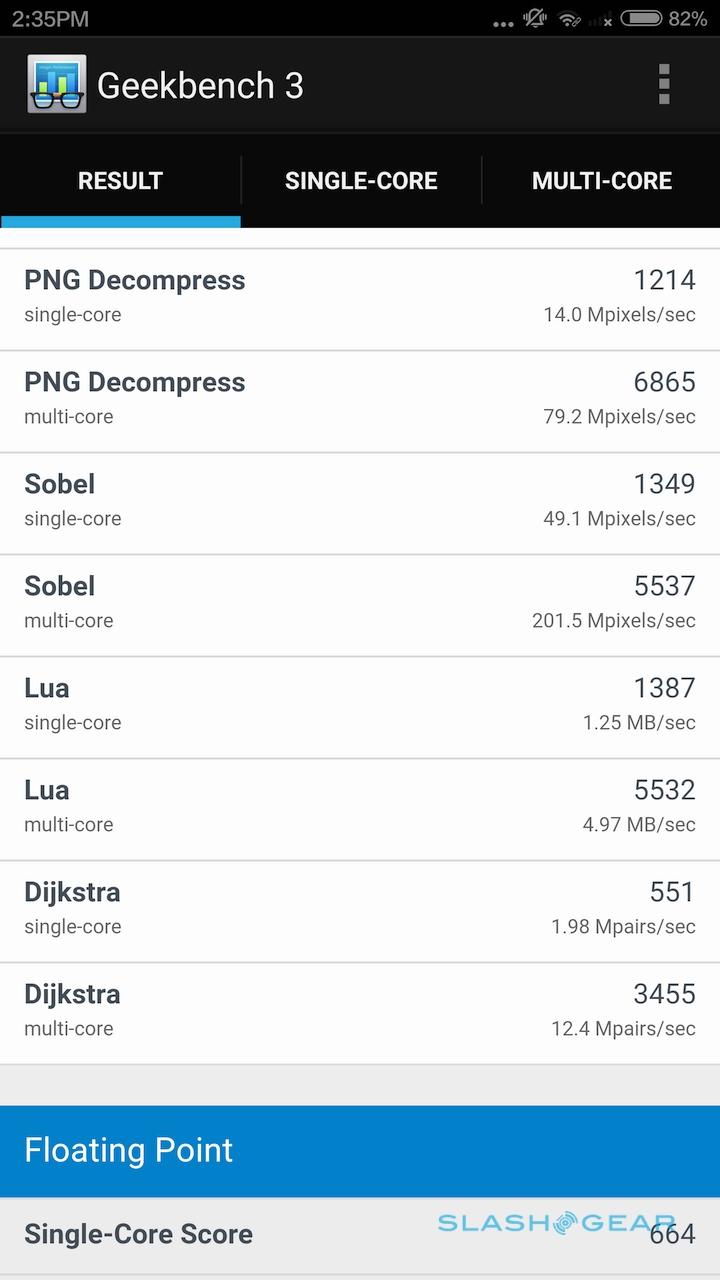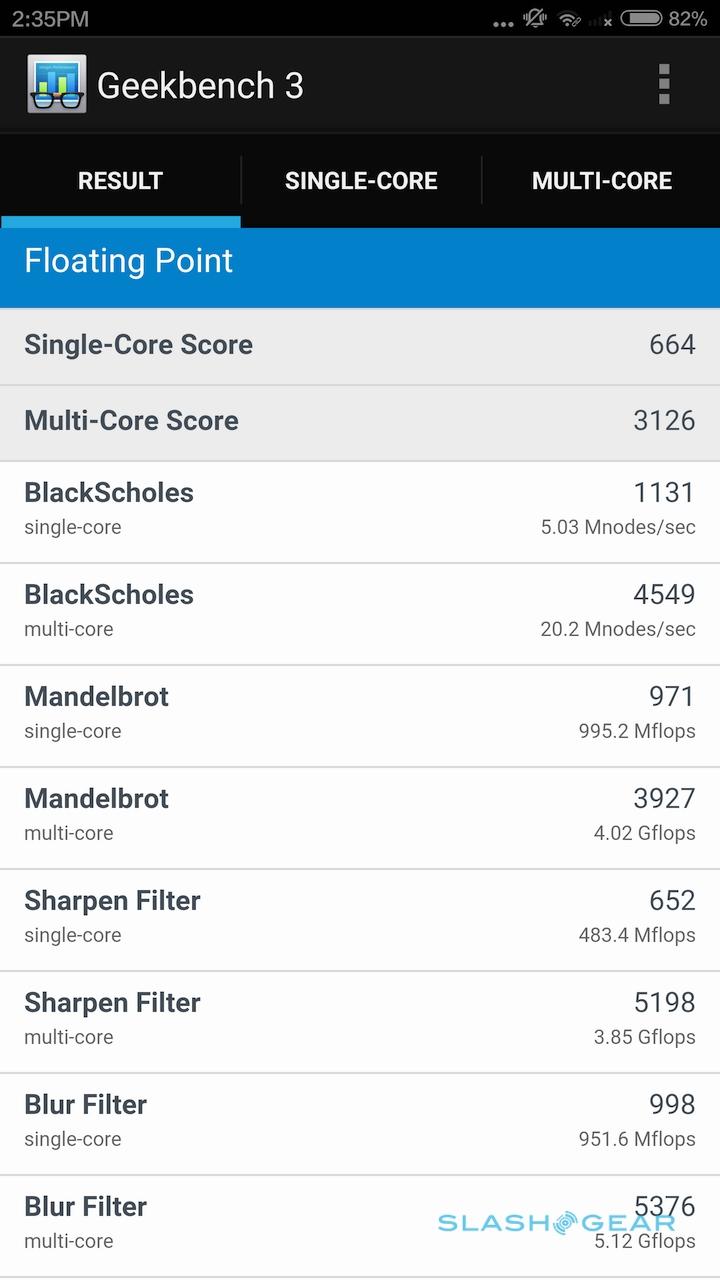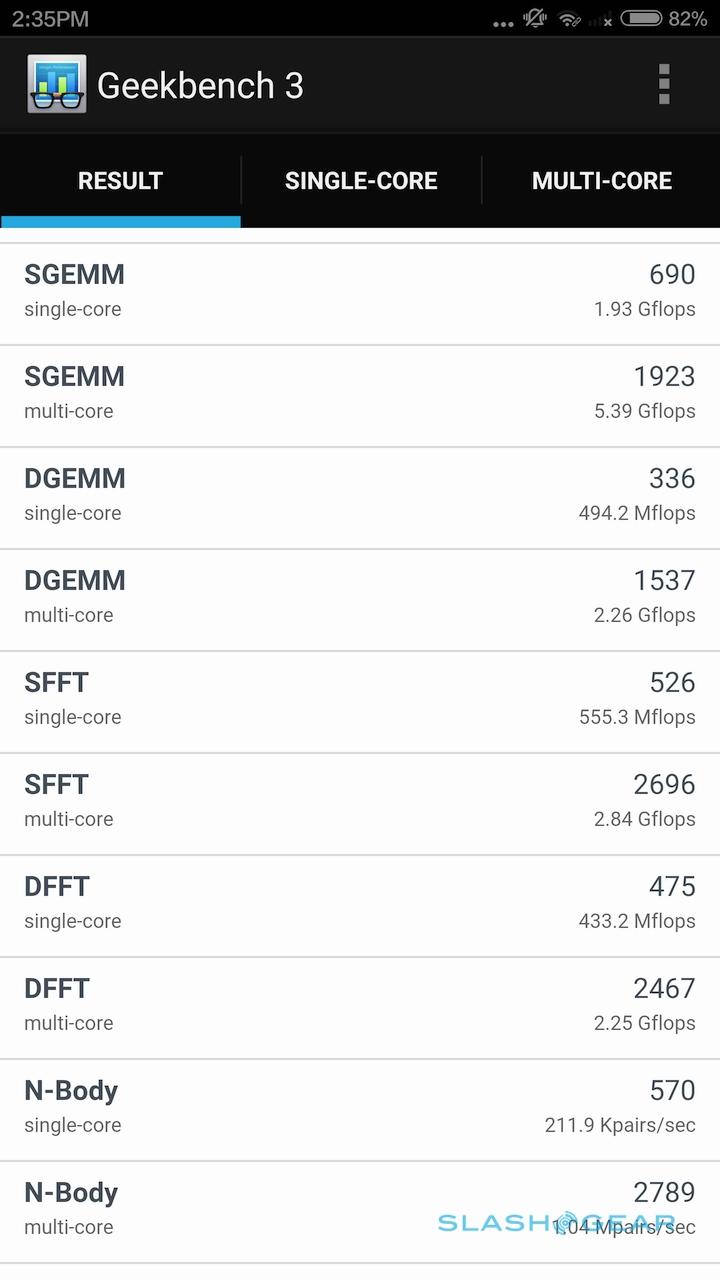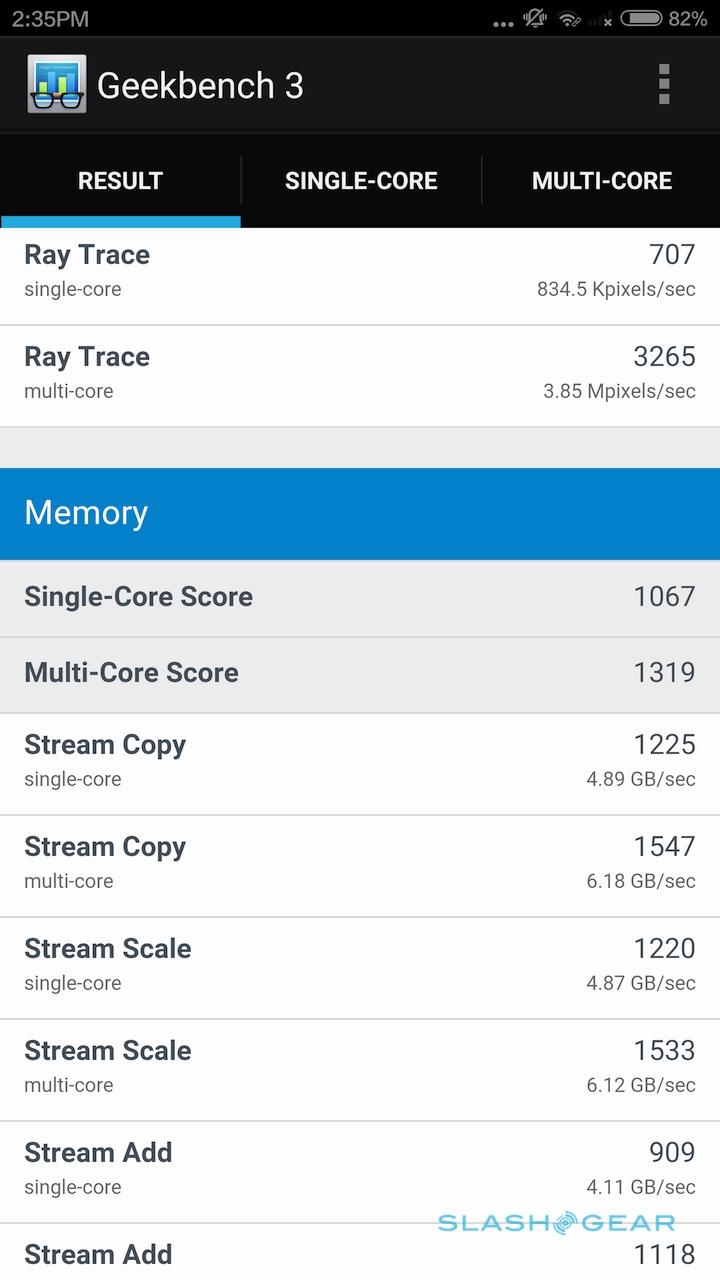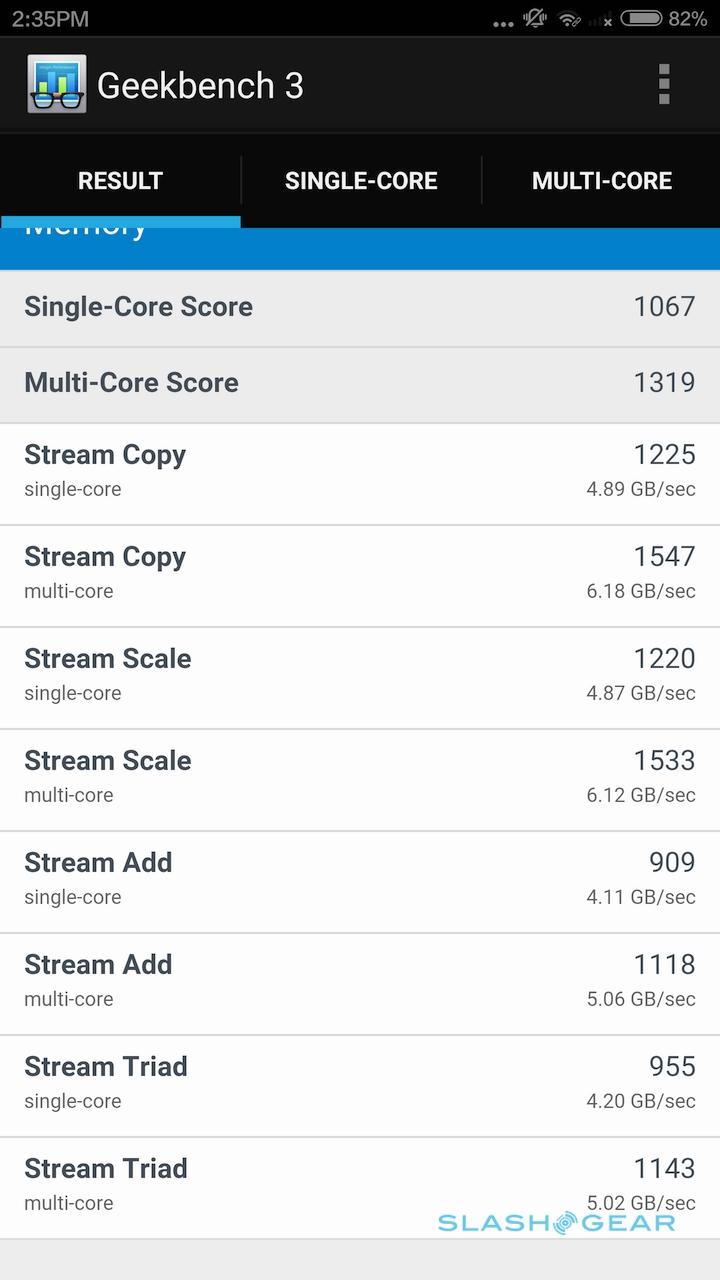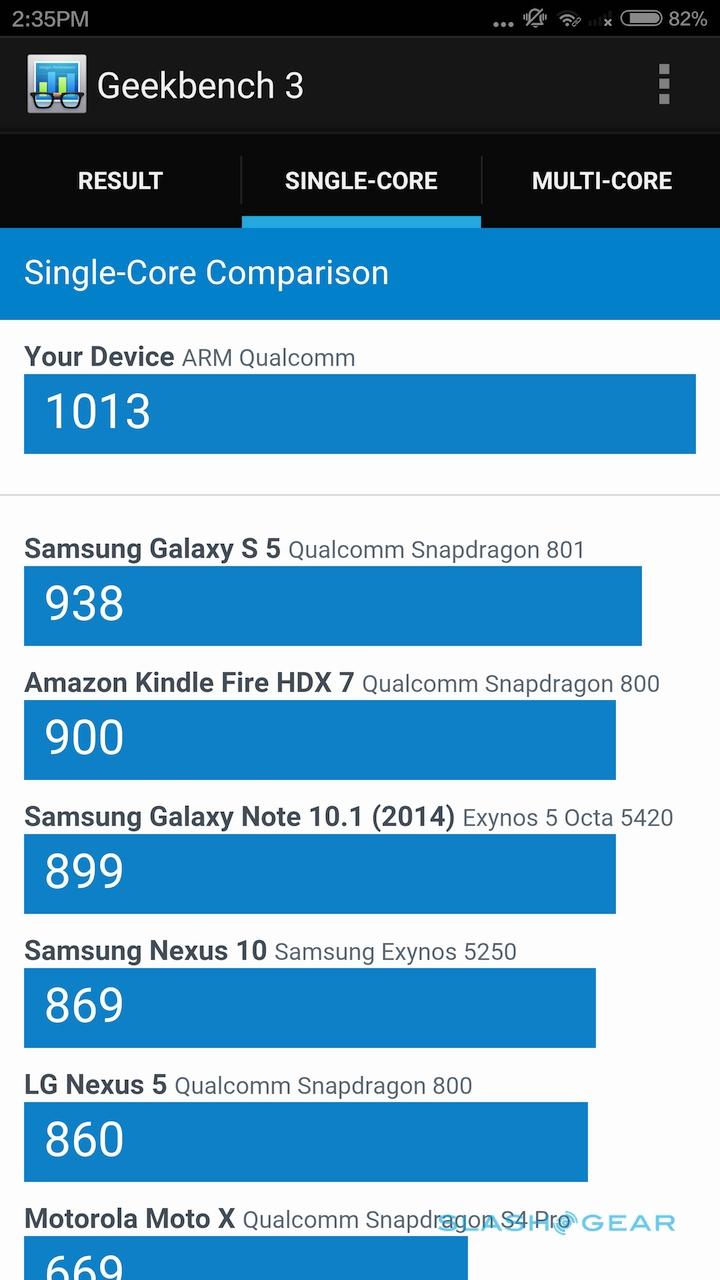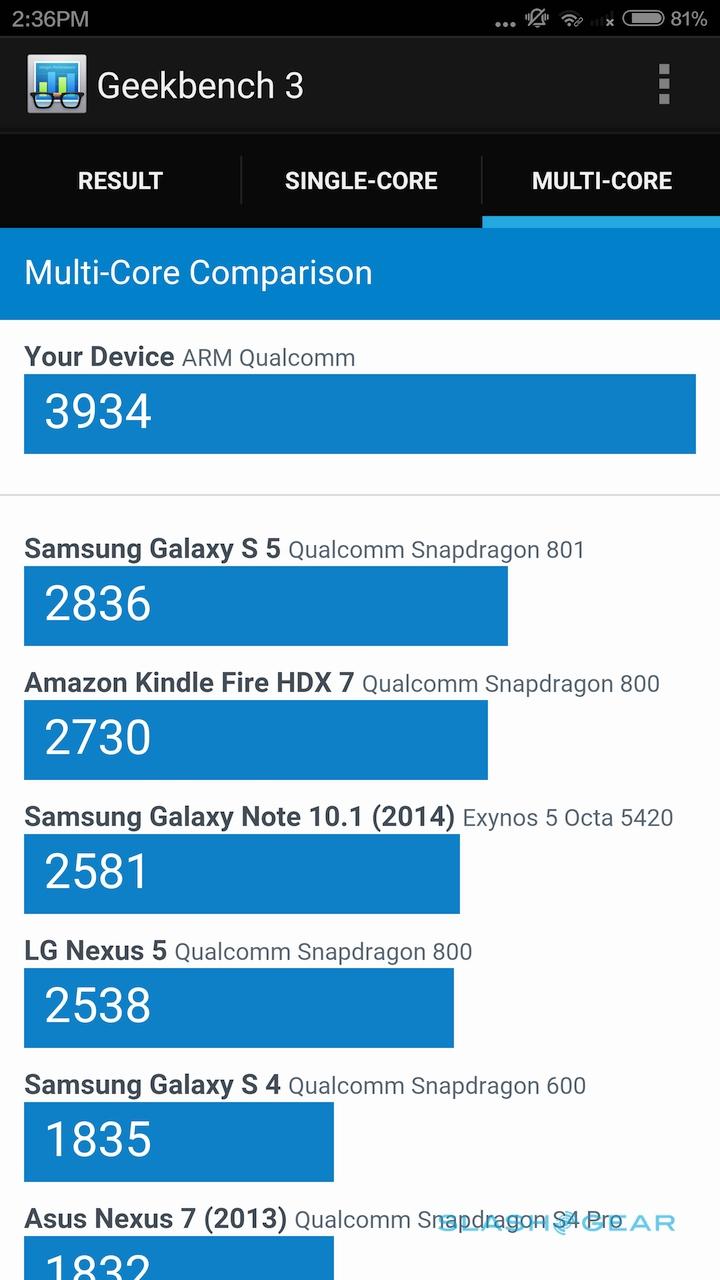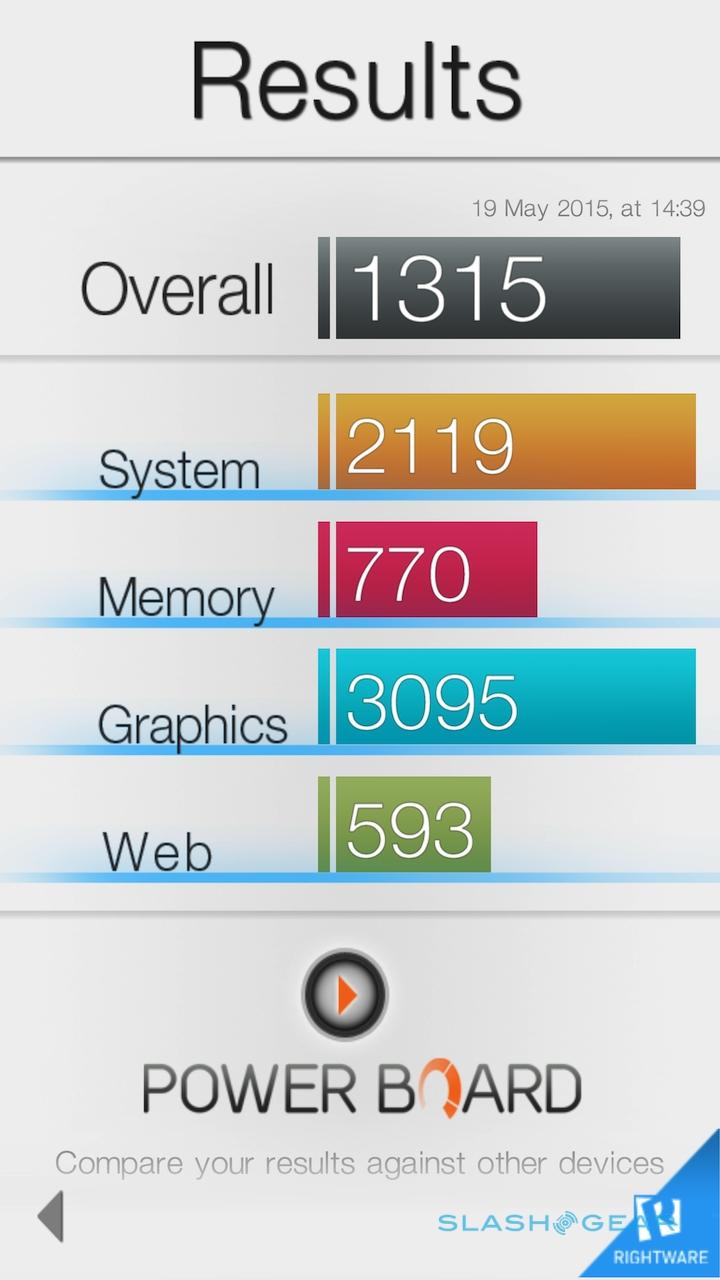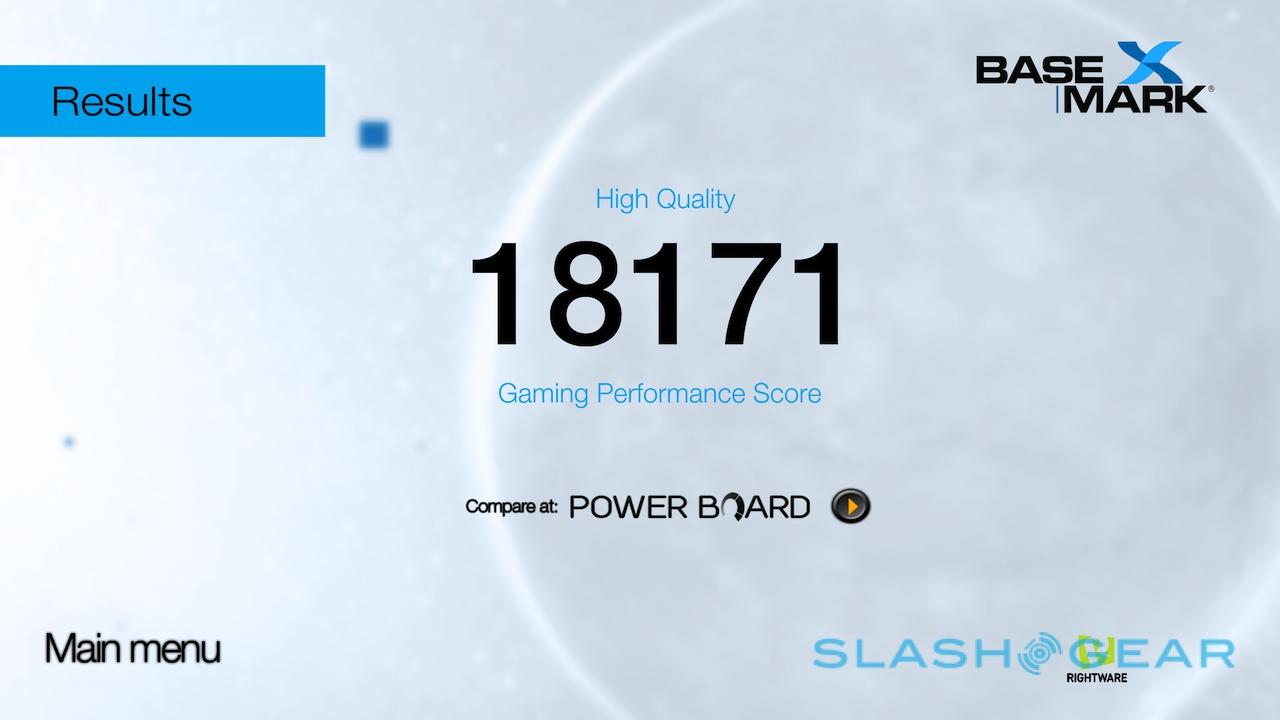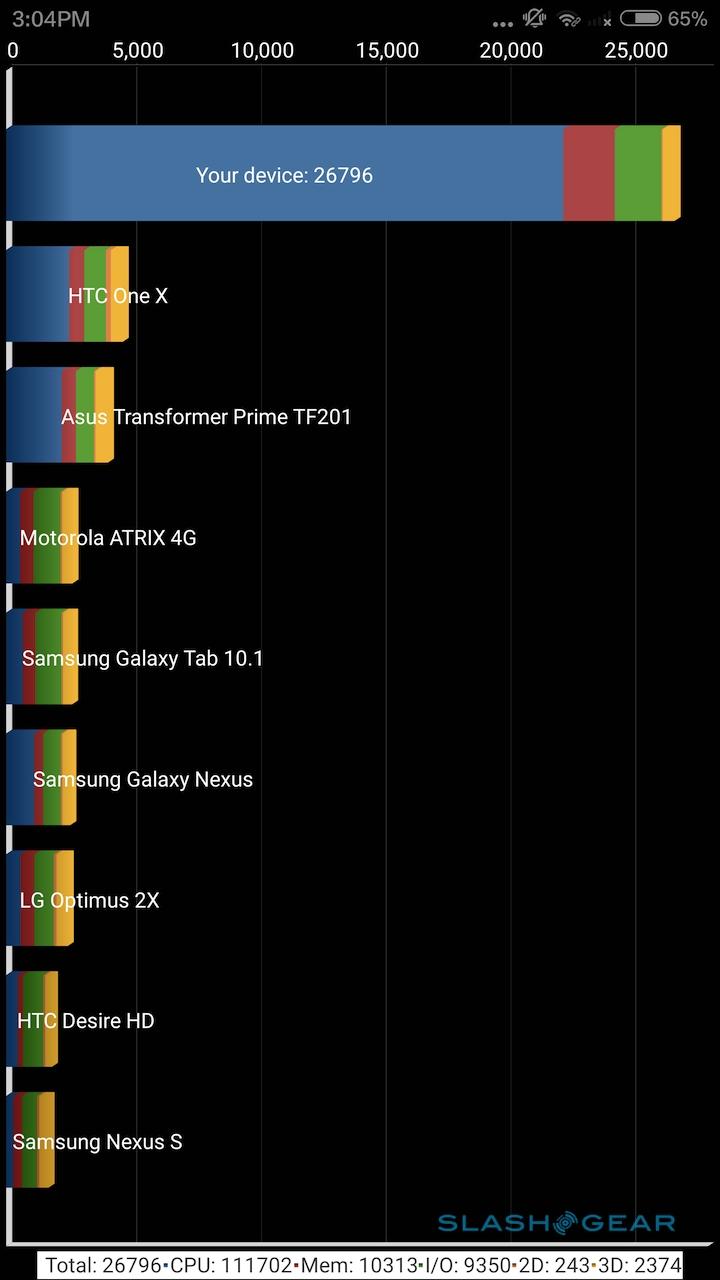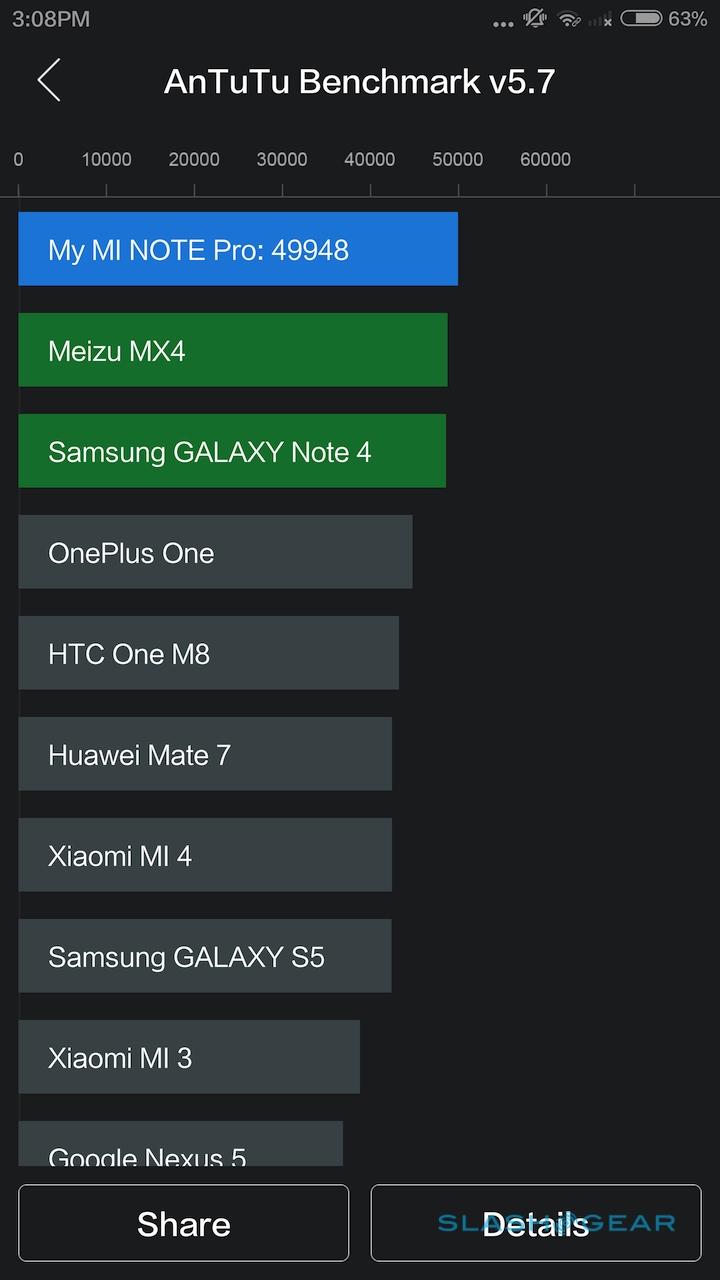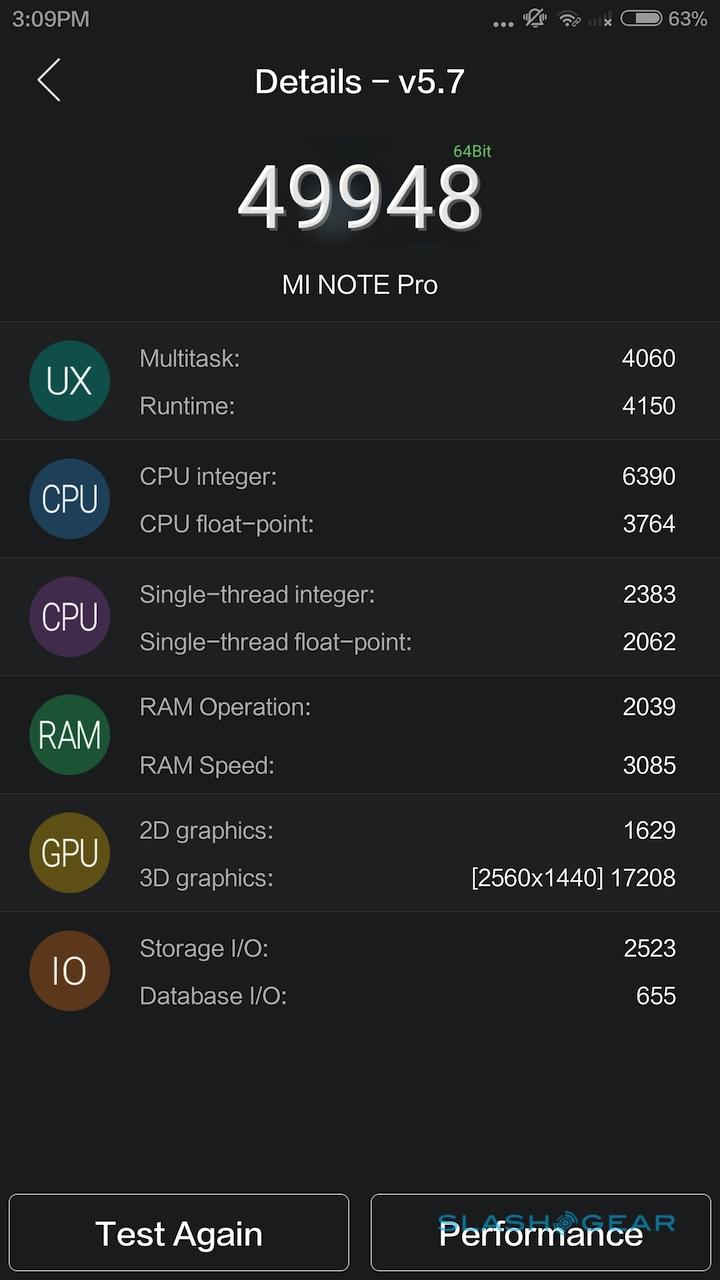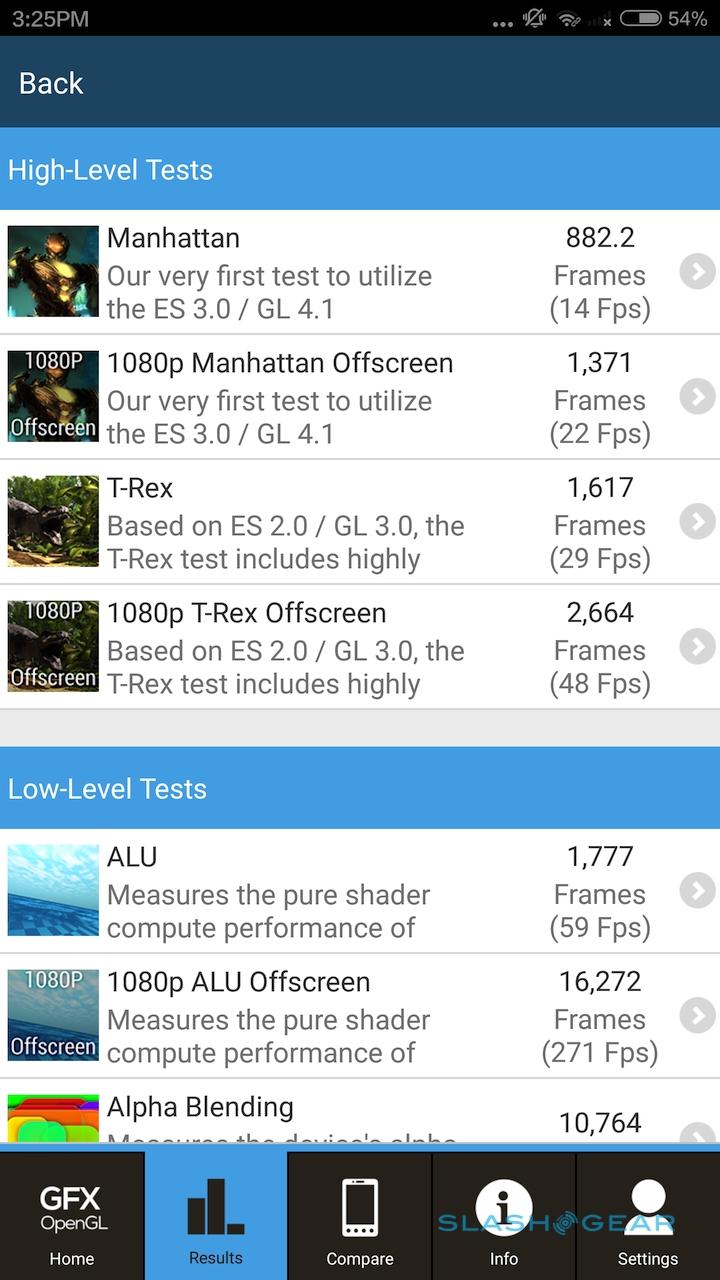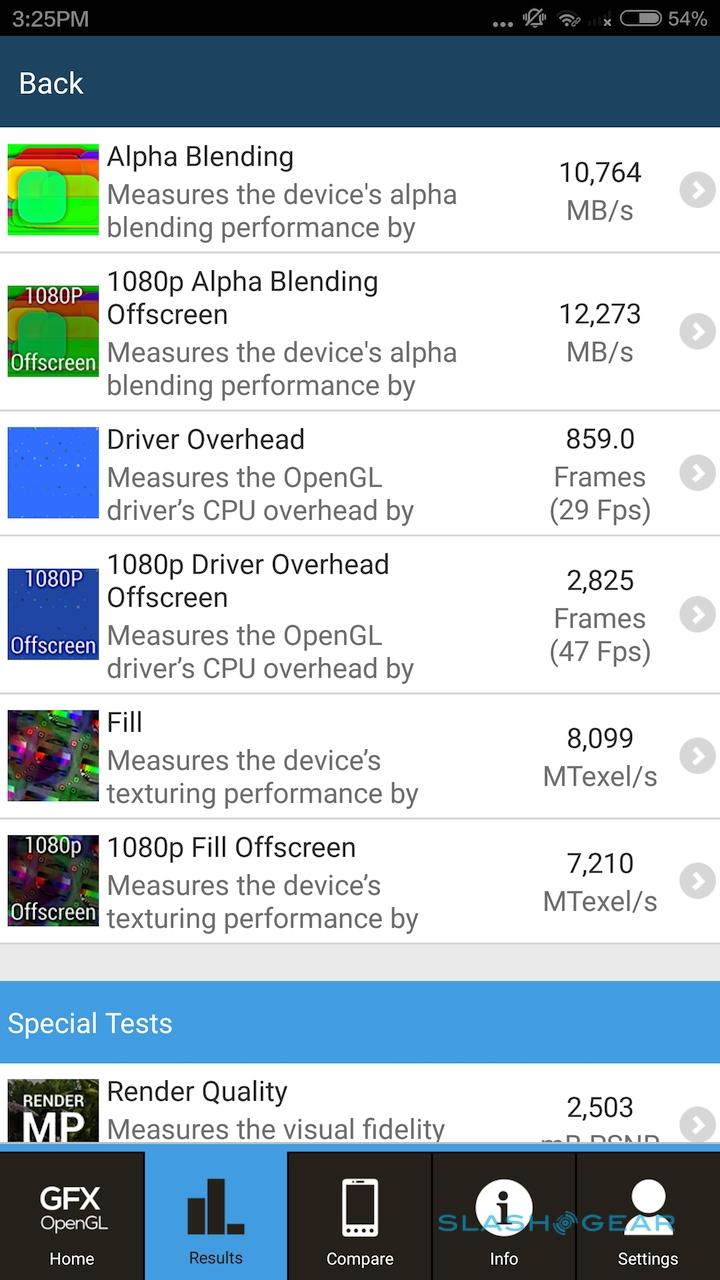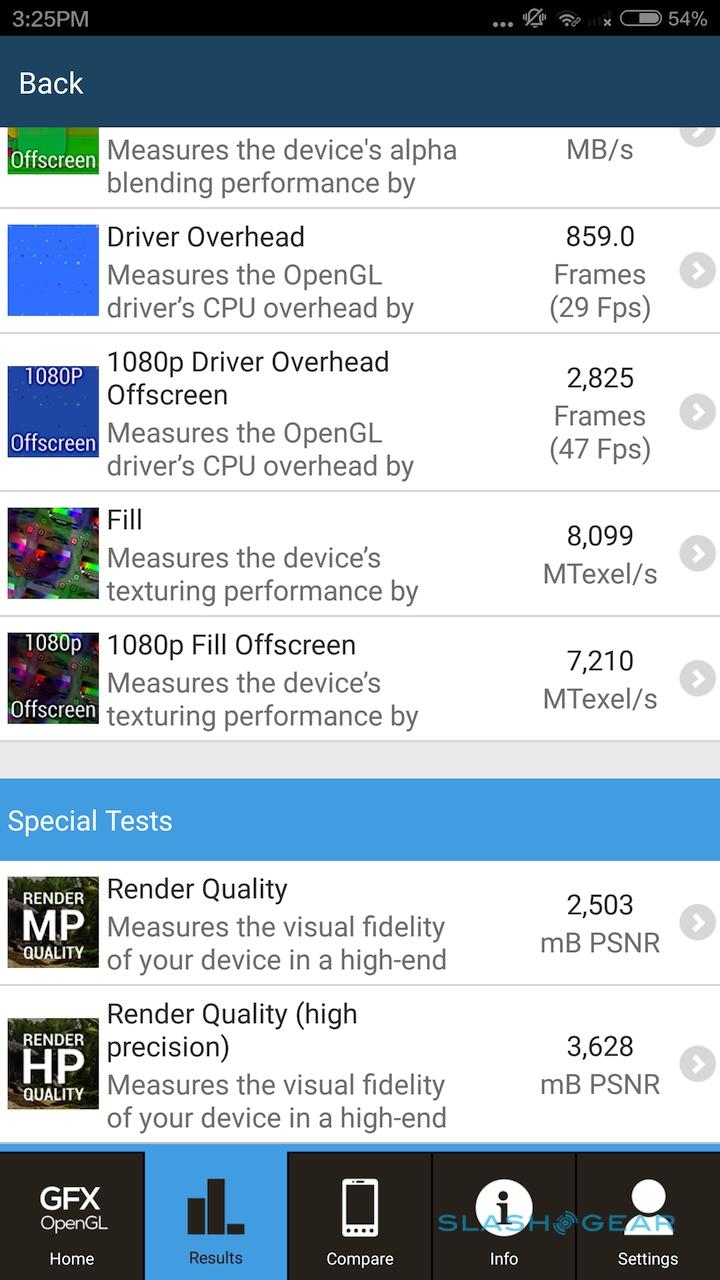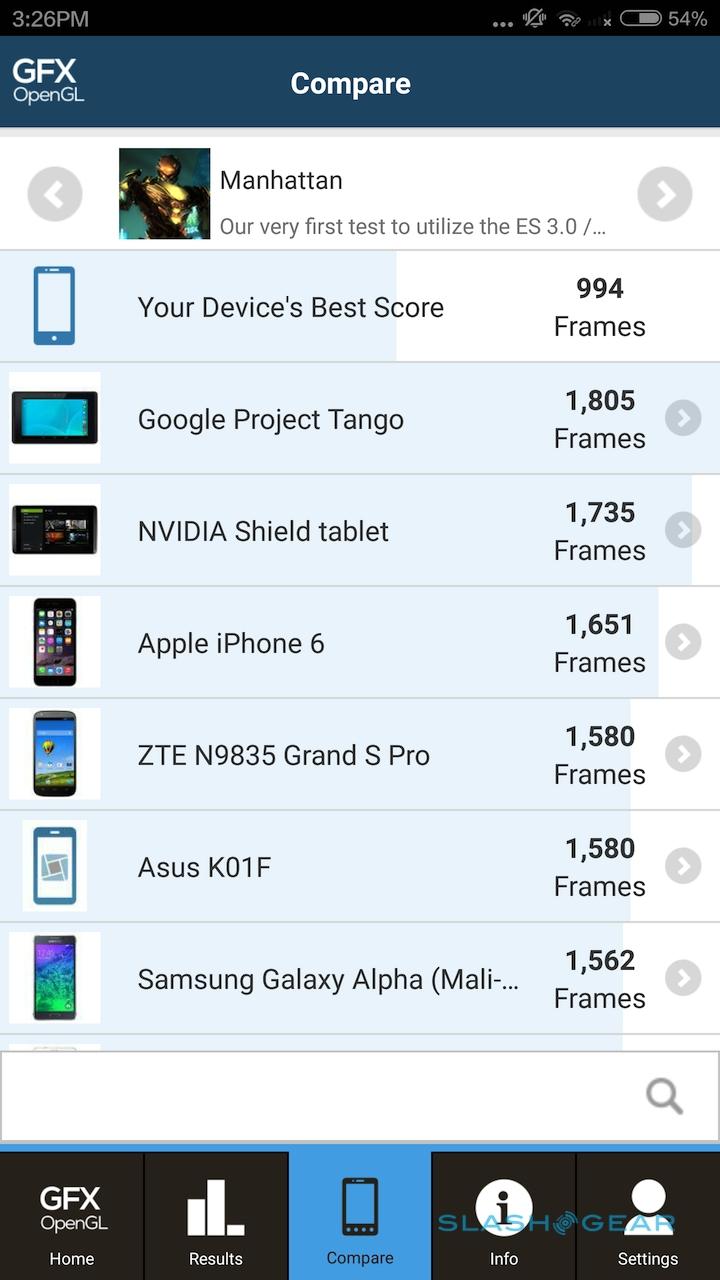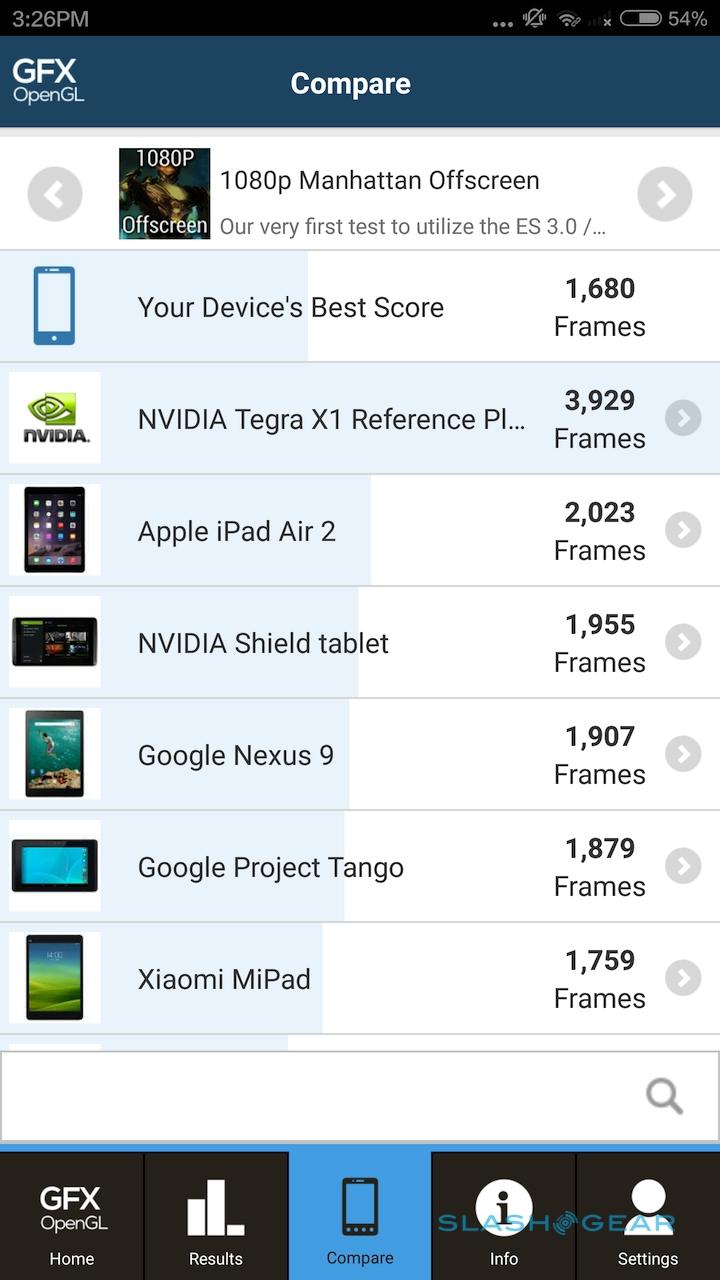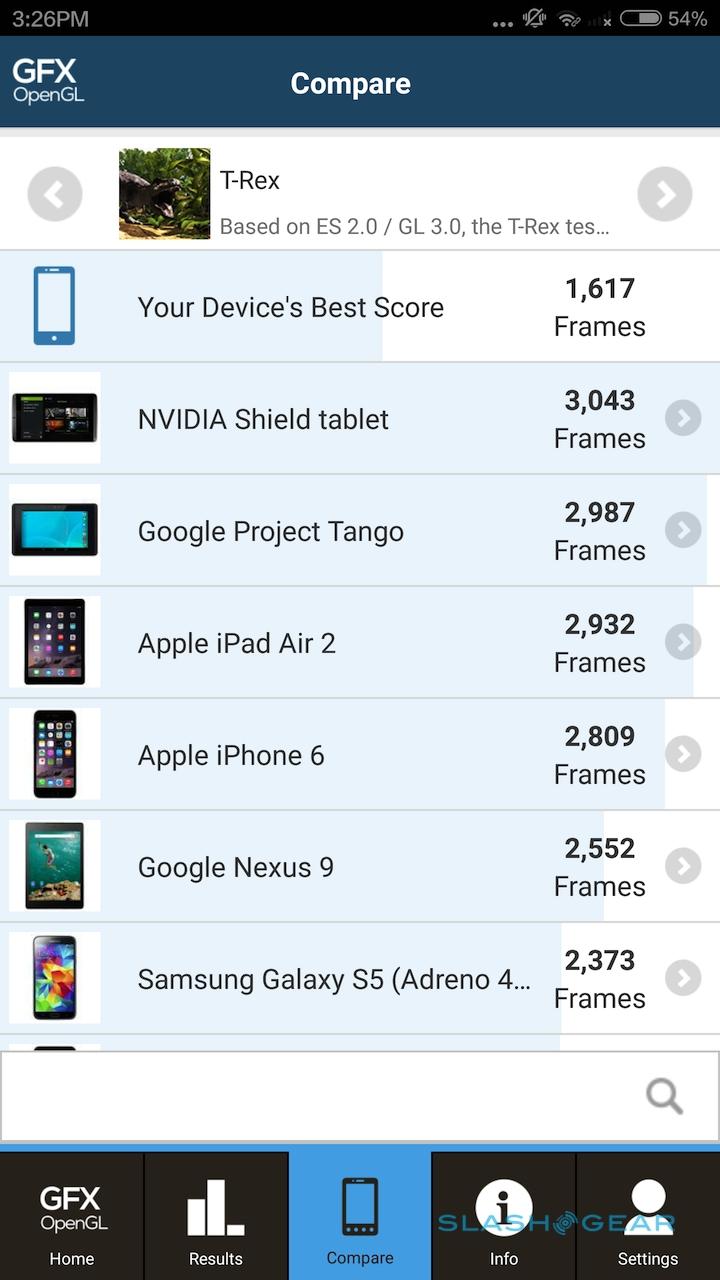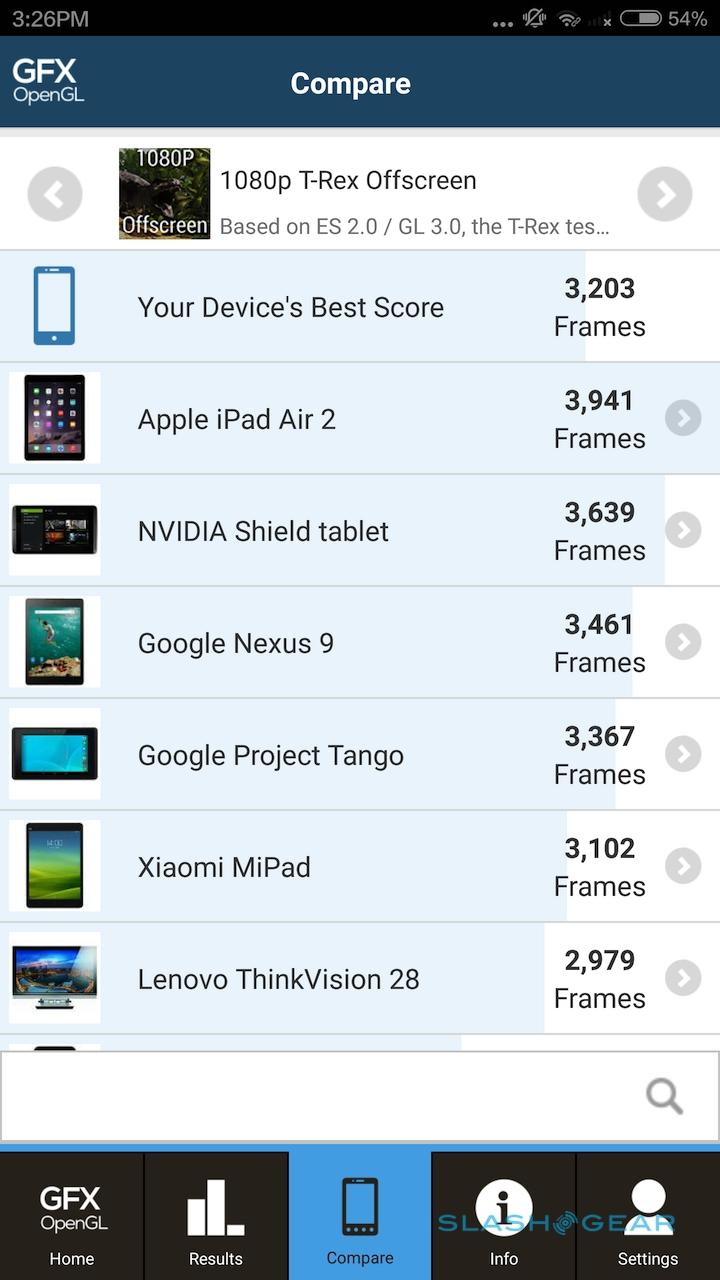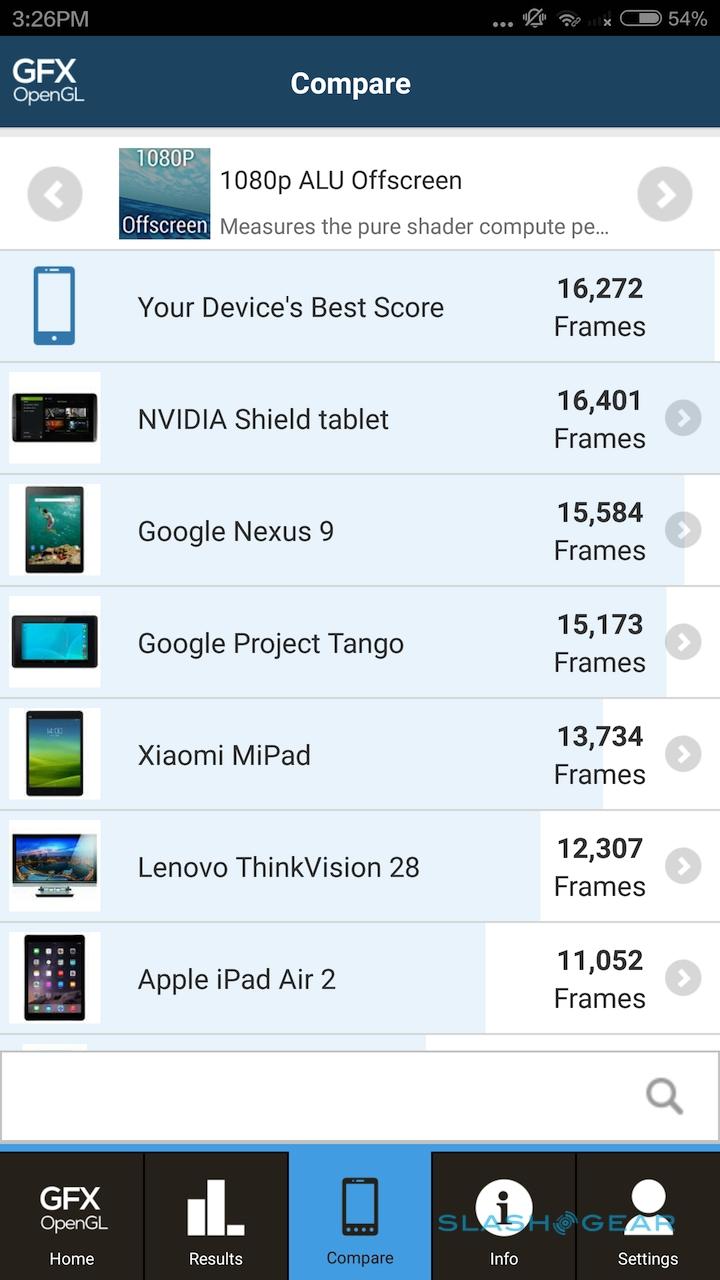Xiaomi Did Something Interesting With Snapdragon 810
If you're a smartphone company that doesn't make its own mobile processors, you're at a disadvantage. Xiaomi isn't at the scale to follow Apple and Samsung and dive into quite silicon yet – though the increasingly popular manufacturer is growing rapidly – but that doesn't mean the latest Mi Note Pro doesn't have a performance edge over Snapdragon 810-powered rivals like the HTC One M9. Usually they're rarer than hen's teeth in North America, so you can consider me curious when I had the opportunity to do some benchmarking with the fettled phone.
Xiaomi hasn't slacked on specs to begin with, though at the same time most of the Mi Note Pro's components are what we've come to expect from top-tier Android devices. The 4GB of RAM is unusual – Samsung, HTC, and LG are all pushing 3GB on their flagships – but otherwise the 5.7-inch Quad HD display, 13-megapixel camera, and 3,090 mAh battery are pretty much par for the course.
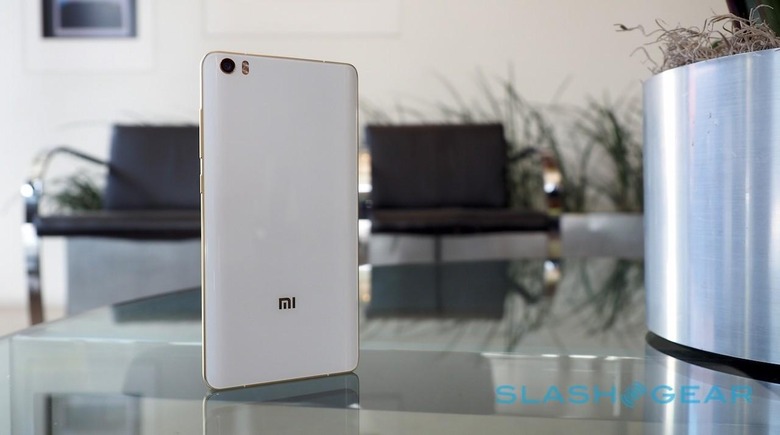
Where the Mi Note Pro distinguishes itself is in how the Snapdragon 810 has been massaged. It's not wrong to say Qualcomm found itself living in unexpectedly contentious times with the launch of the new chipset, facing accusations of phones that overheat and underwhelmingly-incremental performance improvements over its predecessor.
Xiaomi's answer has been to work on a custom iteration of the 810. The silicon itself is the same as the chip in the One M9 and the G Flex 2, but it's been optimized by Xiaomi and Qualcomm working together, building on the observations by both companies of the first phones to use the chipset.
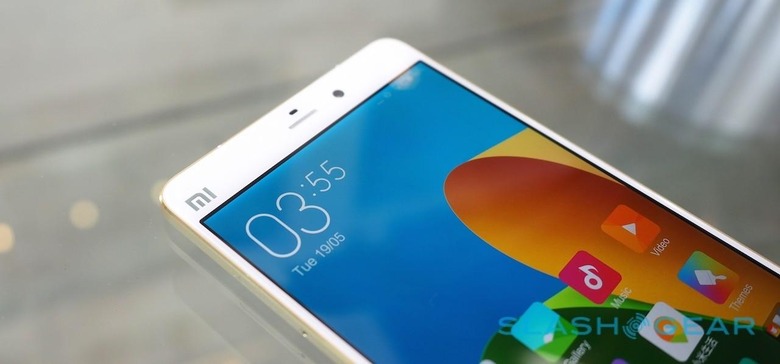
It's not exactly a new strategy, LG having taken a similarly collaborative approach with Qualcomm in the development of the G4. There, the chip in question was the Snapdragon 808, however, but the dividend paid off: even though, on paper, the G4 should be slower than the One M9, in reality the experience is pretty much the same.
So, I was curious to see whether Xiaomi could achieve the same sort of thing, punching above the Snapdragon 810's weight, with its enhancements. Unfortunately, without a US-spec device – Xiaomi maintains it has no current plans to bring the Mi Note Pro to the US – and a couple of weeks to test it out, blunter measures will have to suffice for now.
I have a love-hate relationship with benchmarking. On the one hand, I can appreciate that a bouquet of well-selected benchmarks can be a solid way of comparing the performance of two or more devices. Conversely, though, it's too easy to get caught up in figures and miss the bigger usability picture; I'm firmly of the opinion that real-world experience trumps numbers and charts every time.
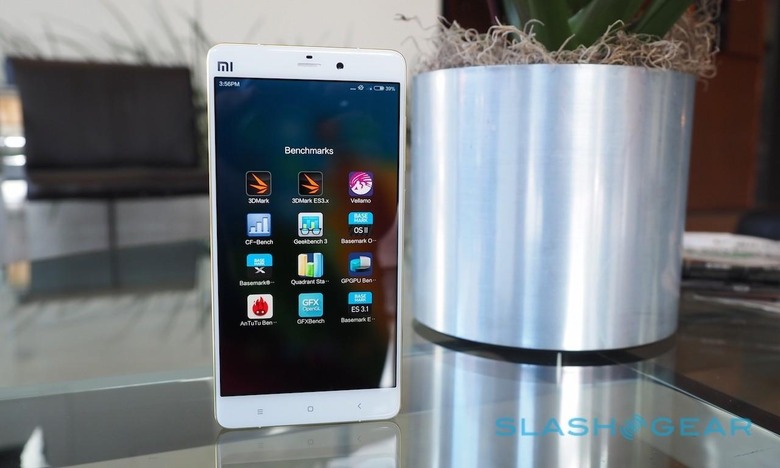
My big question, then, was simple: was there a noticeable improvement in performance, that could translate – or contribute – to a more speedy phone? The numbers seem to hold true to the whispers I heard of a roughly 20-percent boost seen internally. You can see the full results in the gallery below, but the Mi Note Pro generally falls somewhere in-between the One M9 and Qualcomm's 810 reference design, the latter of which has the advantage of being able to prioritize raw speed without considering things like all-day battery life.
Qualcomm isn't talking about exactly what went down behind the scenes. "Xiaomi and Qualcomm worked together to optimize Snapdragon 810 for the experience Xiaomi wanted to enable on the Mi Note Pro," a spokesperson from the company told me.
My assumption is that a lot of the optimization usually done over the first few months of a phone being in the market – and which often leads to smoother performance as rough spots are ironed out – has been done beforehand with the Mi Note Pro.
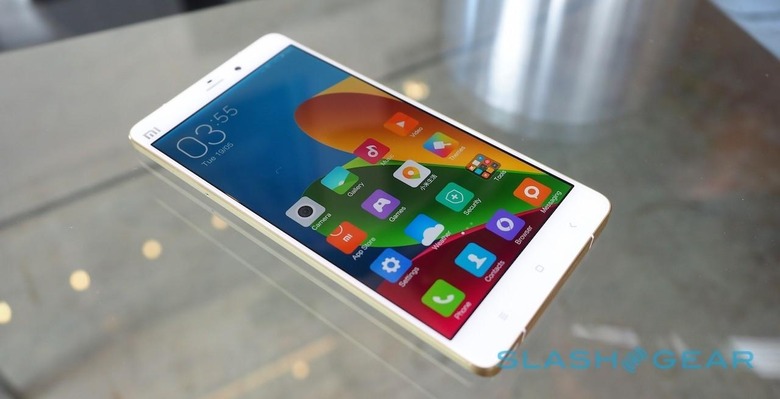
That may well mean the G Flex 2 or One M9 in your pocket will speed up as LG and HTC do their own improvements, too. Notably, though by the end of my roughly two hours of back-to-back testing the Mi Note Pro was noticeably hot to the touch, particularly the metal band that runs its periphery, it wasn't uncomfortably so.
It's a textbook case for the value of deeper hardware and software integration, particularly if you're a phone company who isn't producing your own silicon. It suggests there's grunt to be squeezed still from the Snapdragon 810, and it should be a sign to users that we need to be asking what optimizations have been done before release, rather than just expecting performance to be a work-in-progress over the course of ownership.
Still, in terms of its direct impact on Western smartphone shoppers, Xiaomi's improvements this time aren't really going to be felt: unless you specifically import the phone, which isn't designed to deliver things like 4G on US networks, you'll probably never encounter it. Just as when I played with the Mi Note back in February, I'm left feeling that we're missing out as a result.

